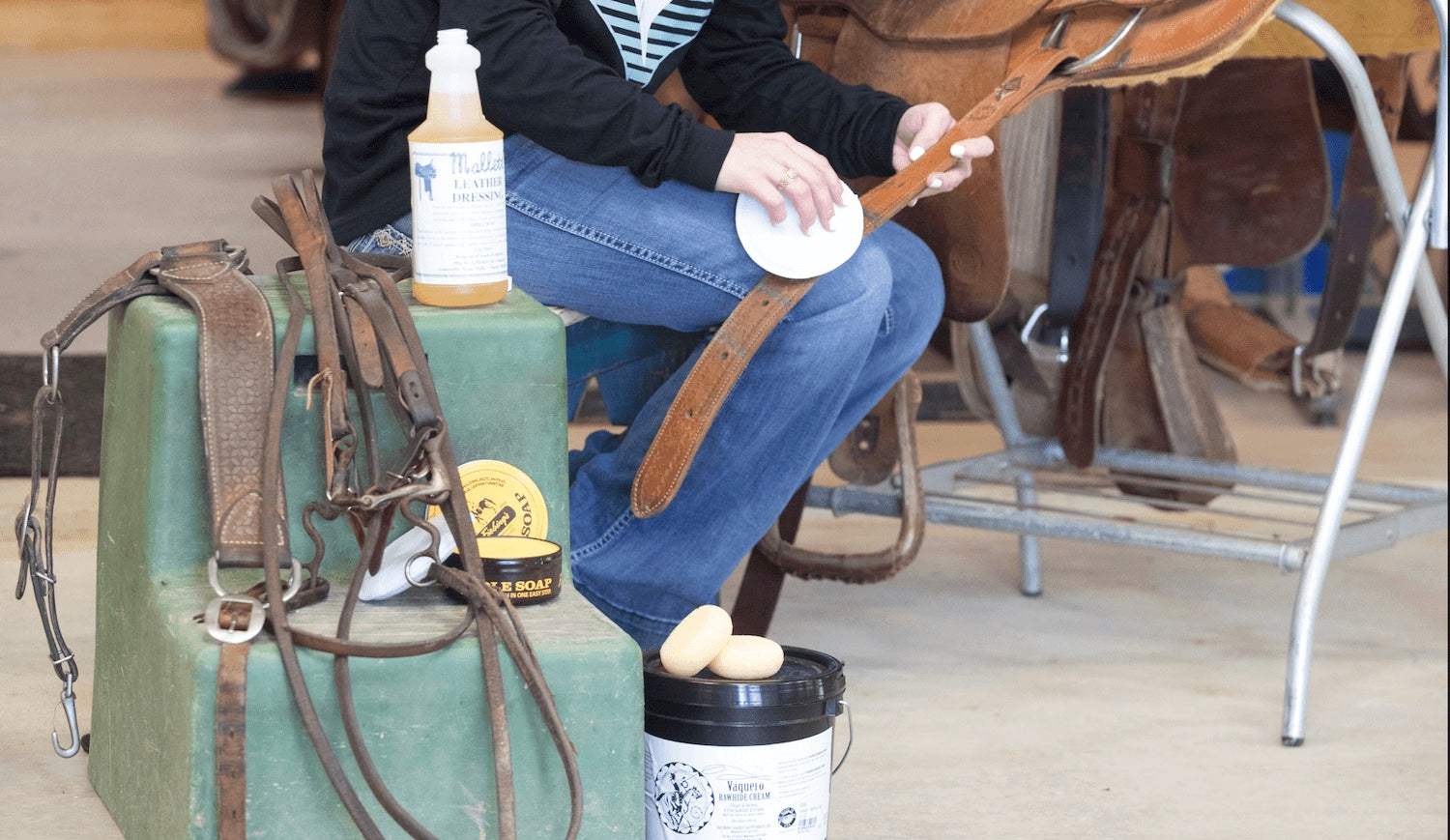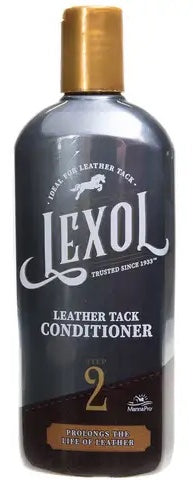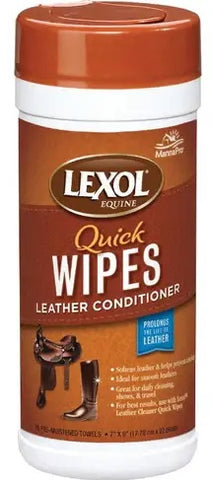
A Step-by-Step Guide on How to Clean your Tack
In the equestrian world, tack is more than just a collection of equipment – it represents a rich heritage of horsemanship. As riders, we invest countless hours in the saddle perfecting our skills and disciplines and yet, amidst our quest for excellence, it's easy to overlook one crucial aspect - the regular cleaning and maintenance of our tack. Cleaning your horse tack isn't just about achieving a pristine appearance; it goes far beyond aesthetics. It is a testament to our commitment to the well-being and comfort of our horses. Tack, whether it's a saddle, bridle, girth, or boots, is subjected to sweat, dirt, and daily wear. Neglecting its cleanliness not only compromises its durability but also jeopardizes the safety and comfort of both horse and rider. By taking the time to clean and care for your tack, you not only honor the significance of horsemanship but you’ll extend the lifespan of your tack, maintaining it for years to come.
Supplies You’ll Need
Soft Brush - Have a selection of soft-bristled brushes on hand for various cleaning tasks. You'll need a brush for removing loose dirt and debris from the tack.
Sponges or Cloths - Keep clean sponges or soft cloths available for wiping down and applying cleaning solutions to your tack.
Bucket or Container - Use a bucket or container to hold water for cleaning. It should be large enough to accommodate the tack you're cleaning.
Saddle Soap - Choose a mild soap or saddle soap specifically formulated for cleaning leather.
Leather Conditioner - Have a suitable leather conditioner on hand to restore moisture and keep the leather supple after cleaning.
Brass or Metal Polish (if applicable) - If your tack includes metal components such as buckles or stirrups, you may need brass or metal polish to restore their shine. Ensure you choose a polish suitable for the specific metal used in your tack.
Towels or Absorbent Cloths - Keep a few clean towels or absorbent cloths for drying the tack after cleaning and rinsing.
Q : How Do I Clean My Saddle?
Cleaning your saddle involves several steps to ensure a thorough and effective cleaning process. Here's a step-by-step guide on how to clean your saddle:
You will need a soft brush, saddle soap, warm water, clean cloths or sponges, leather conditioner, and a small bucket or container for water.
- Remove dirt and debris : Use a soft brush to gently remove any loose dirt, dust, or debris from the surface of your saddle. Pay attention to the crevices, stitching, and hard-to-reach areas.
- Prepare the saddle soap solution : Fill a small bucket or container with warm water. Wet a clean cloth or sponge and wring out any excess water. Rub the damp cloth/sponge on the saddle soap to create a lather. Ensure the soap is evenly distributed on the cloth/sponge. Gently scrub the saddle with the lathered cloth/sponge, working in small circular motions. Focus on one section at a time and pay attention to areas that accumulate more sweat or grime, such as the seat and panels. Avoid excessively wetting the leather, as too much moisture can damage it.
- Rinse and wipe : Rinse out the cloth or sponge and wring it to remove any soap residue. Wipe down the saddle with the damp cloth/sponge to remove the soap and dirt. Repeat this step as necessary until the saddle is free of soap residue. Use a clean, dry cloth to gently pat the saddle and absorb any excess moisture. Allow the saddle to air dry naturally in a well-ventilated area. Avoid exposing the saddle to direct sunlight or using artificial heat sources to accelerate the drying process, as this can cause the leather to become brittle or crack.
- Condition the leather : Once the saddle is completely dry, apply a leather conditioner following the manufacturer's instructions. Use a clean cloth or sponge to evenly distribute the conditioner on the leather, focusing on areas prone to dryness or cracking. Once the cleaning process is complete, store your saddle in a clean and dry location. Ideally, use a saddle cover or bag to protect it from dust, sunlight, and moisture when not in use.
Shop all Leather Care Supplies
Q : Why Is It Important to Keep My Leather Tack Conditioned?
Preservation - Leather is a natural material that requires proper care to maintain its quality and durability. Conditioning your saddle leather helps prevent it from drying out, cracking, or becoming stiff over time. By replenishing the natural oils and moisture in the leather, conditioning keeps it supple and resilient, extending its lifespan.
Flexibility and Comfort - Well-conditioned leather is more flexible and comfortable to use. Conditioning helps maintain the leather's natural elasticity, allowing it to mold and conform to the rider's body and the horse's back more effectively. This ensures a better fit, reduces friction, and minimizes the risk of discomfort or soreness for both horse and rider.
Weather Protection - Leather is susceptible to damage from environmental factors, including excessive moisture or dryness. Conditioning creates a protective barrier on the leather's surface, helping to repel water and prevent it from soaking in, which can lead to warping, rot, or mold growth. Additionally, conditioning guards against the harmful effects of prolonged exposure to sunlight or extreme temperatures.
Appearance - Conditioning restores the leather's natural luster and richness, giving it a polished and well-maintained look. Conditioning can also help minimize the appearance of scratches, scuffs, or discoloration, improving the overall aesthetic appeal of your saddle.
To effectively condition your leather tack, it is important to use high-quality leather conditioners specifically designed for equestrian gear. Follow the manufacturer's instructions and consider conditioning your tack on a regular basis or as needed, depending on the frequency of use and environmental conditions.
Q : How Should I Clean my Saddle Pad?
Cleaning your horse's saddle pad is important to maintain its hygiene, durability, and comfort for your horse.
- Before washing the saddle pad, remove any loose hair, dirt, or debris by using a stiff brush or your hand. This step helps prevent the washer from getting clogged and ensures a more effective cleaning process. You can also use a saddle pad sponge like 5 Star Equine’s Saddle Cleaning Sponge that removes embedded dust and hair from wool and felt saddle pads. “Simply use sponge like an eraser, rubbing across or in a circular motion to loosen hair, dirt, vegetation, soil, etc”
- If there are any visible stains on the saddle pad, you can pre-treat them before washing. Check the manufacturer's instructions for specific guidance on stain removal. Generally, you can apply a stain remover or a mild detergent directly to the stained areas and gently scrub with a soft brush or sponge.
- Hand wash, fill a large bucket or basin with cold or lukewarm water and add a suitable amount of mild detergent. Submerge the saddle pad and agitate it gently with your hands, ensuring the detergent is evenly distributed. Pay extra attention to any stained areas and give them a gentle scrub.
- Rinse thoroughly, make sure to rinse the saddle pad thoroughly to remove all traces of detergent and until the water runs clear and there are no suds left. After rinsing, gently squeeze out the excess water from the saddle pad. Avoid twisting or wringing it, as this can cause the pad to lose its shape or stretch.
- Hang the saddle pad or lay it flat in a well-ventilated area to air dry. Avoid direct sunlight and high heat sources, as these can damage the fabric or cause shrinkage. Allow sufficient drying time to ensure the pad is completely dry before using it again
- Brush or fluff (if needed). Once the saddle pad is dry, use a soft brush or your hand to fluff up the fleece or padding, restoring its loft and softness.
Regular cleaning of your horse's saddle pad will help keep it fresh, comfortable, and in good condition for your horse. Always follow the manufacturer's instructions and consider any specific care requirements of your saddle pad material.
Q : My Saddle Got Rained On…Now What?
If your saddle has gotten rained on, it's important to take some steps to prevent potential damage and ensure its proper care!
Remove Excess Water - Use a clean towel or cloth to gently pat and absorb as much water as possible from the surface of the saddle. Avoid rubbing vigorously, as it can cause the water to penetrate further into the leather.
Air Dry - Allow the saddle to air dry naturally in a well-ventilated area. Avoid exposing it to direct sunlight or using artificial heat sources. It's important to let the saddle dry completely before using it or applying any leather care products.
Condition the Leather - Rainwater can strip the natural oils from the leather, leading to dryness and potential damage. Apply a leather conditioner according to the manufacturer's instructions, using a clean cloth or sponge. Conditioning helps restore moisture and suppleness to the leather, preventing it from becoming stiff or brittle.
Inspect for Damage - Once the saddle is dry, carefully inspect it for any signs of damage. Look for areas where the leather may have become discolored, stiff, or warped due to the moisture. Check the stitching, buckles, and other components for any signs of weakness or deterioration. If you notice any significant damage, it's advisable to consult a professional saddle repair expert for assessment and potential repairs.
If there's a chance of rain while your saddle is not in use, consider covering it with a waterproof saddle cover like Tough 1's Heavy Duty Saddle Cover or Cashel's English Dust Cover as well as storing it in a dry place. Additionally, if your saddle gets wet frequently, you might want to invest in a waterproof saddle pad to provide additional protection.
Q : How Should I Clean the Conchos on my Tack?
When it comes to cleaning conchos and silver embellishments on your tack it's important to choose the right products to ensure proper care without causing damage. For routine cleaning of conchos and silver, you can start with a mild soap and water solution. Use a soft cloth or sponge dampened with the solution to gently wipe the surface, removing dirt, grime, and tarnish. Rinse with clean water and pat dry with a soft cloth.
If silver accents have been tarnished you can use a specialized silver polish or a silver cleaning cloth. Typically, you apply a small amount of the polish to a cloth and gently rub the surface of the silver to remove tarnish. Then, rinse with water and dry thoroughly. To minimize tarnishing and the need for frequent cleaning, you can apply a thin coat of protective polish or wax specifically designed for silver. This can create a barrier against moisture and oxidation, helping to preserve the shine and appearance of the silverwork.
*It’s essential to avoid using abrasive cleaners or harsh chemicals on conchos and silver, as they can scratch or damage the surface. Stay away from strong acids, bleach, or household cleaners that may be too harsh for delicate silverwork.*
Tack Cleaning Tips and Tricks
When it comes to tack cleaning, there are a few common hacks or tips that can make the process easier and more efficient
Baby Wipes - If you don’t have Lexol Leather Quick Wipes on-hand then baby wipes are handy for quick spot cleaning of tack. They can be used to remove light dirt and sweat from the surface of the leather. However, keep in mind that baby wipes should not replace regular cleaning and conditioning.
Toothbrush for Detailed Cleaning - A soft-bristled toothbrush can be used to clean hard-to-reach areas or intricate details on your tack, such as stitching, buckles, or tooling. It helps remove dirt and grime from crevices and ensures a thorough cleaning.
Vinegar and Water Solution - A mixture of vinegar and water can be used as a homemade cleaning solution for removing stubborn dirt or mold from tack. Dilute vinegar with water (around 1 part vinegar to 3 parts water) and use a sponge or cloth to gently scrub the affected areas. Rinse well and condition afterward.
Eraser for Stains - A white eraser, similar to those used for erasing pencil marks, can be used to remove small stains or scuff marks from leather tack. Rub the eraser gently on the stained area to lift the marks. Be cautious and test in an inconspicuous area first to ensure it doesn't damage the leather.
Hair Dryer for Conditioning -If you're applying a leather conditioner to your tack, using a hairdryer on low heat can help the conditioner penetrate the leather more effectively. Warm air can open the pores of the leather, allowing the conditioner to be absorbed better. Remember to keep the hairdryer at a safe distance and avoid excessive heat to prevent damage.
Pantyhose for Polishing - A clean piece of pantyhose or nylon stocking can be used as a gentle buffing tool to polish metal fittings on your tack, such as buckles or bits. Rub the metal surfaces with the pantyhose to restore their shine.
Remember, while these hacks can be helpful, it's important to follow the manufacturer's instructions for your specific tack and use appropriate cleaning products. Regular cleaning, conditioning, and proper storage are key to maintaining the quality and longevity of your tack.


















